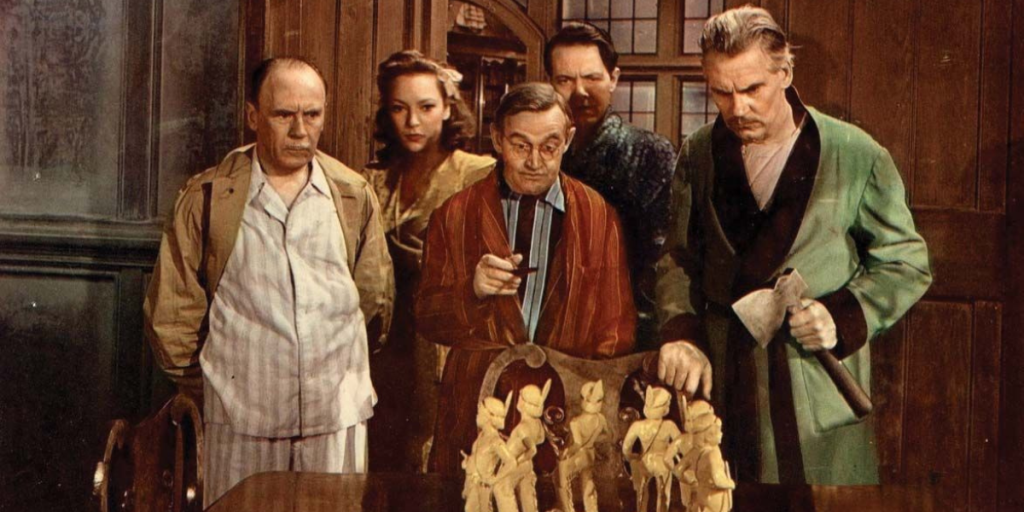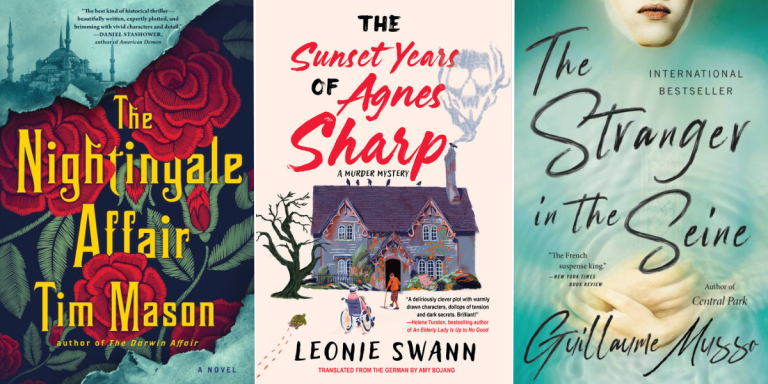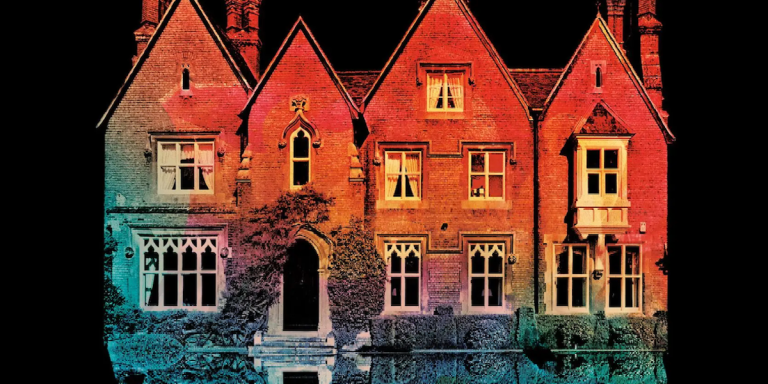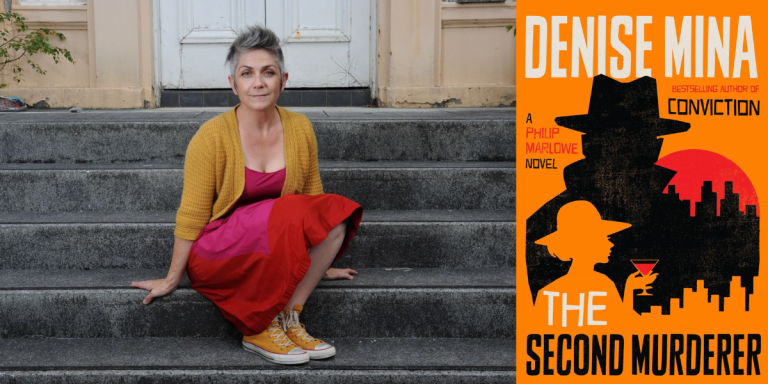The First Movie Version of Agatha Christie’s ‘And Then There Were None’ Remains a Witty Delight

The killer in Agatha Christie’s And Then There Were None predates Jigsaw from the Saw movies by nearly 70 years, but they have more in common than might be expected. The way that director Rene Clair adapts And Then There Were None for his 1945 film version even enhances that connection, giving the killer the kind of moralizing monologue that Jigsaw loves delivering to his victims after he toys with them.
Of course, And Then There Were None is much more genteel and less gruesome than a Saw movie, and the moral lessons are milder. Still, it’s a demonstration of how prevalent Christie’s influence has been across pop culture, and how the structure of her stories has been adopted in various genre contexts. Renowned French filmmaker Clair’s name may be above the title on And Then There Were None, but this is still entirely Christie’s story.
Even the deviations from Christie’s 1939 novel come from the author herself. The major plot adjustments in Clair’s film are drawn from Christie’s 1943 stage play, which offers up a slightly less grim outcome. That also fits with Clair’s playful approach, allowing him to incorporate romance and humor more centrally into Christie’s story. There’s no sophisticated, witty detective here to solve the central crime, but the characters all take up the role of detective at various times, offering their own wry observations about human nature and their particular predicament.
That predicament is that all 10 of them are stranded on an isolated island off the English coast, after having been summoned there on various pretenses by a mysterious host who calls himself U.N. Owen. It doesn’t take long to figure out that the name is just a play on “unknown,” and that the supposed owner of the island’s expansive estate is never arriving. As the guests gather before dinner on their first night in the house, butler Thomas Rogers (Richard Haydn) puts on a record, per instructions from the absent Owen, with a recording that accuses each of the attendees — including Thomas and his cook wife Ethel (Queenie Leonard) — of a capital crime.
The recording is just one of the elegant, efficient ways that Clair introduces the potentially unwieldy cast of characters, beginning with the ingenious wordless opening scene, set on the boat traveling to the island. The way each person reacts to the inconvenience of taking this rickety vessel to their destination shows a little glimpse of the personality that will later set them apart. In the house, before the recording plays in the parlor, the characters introduce themselves to one another, but Clair has each one face the camera, giving their introduction directly to the audience, like players in some kind of interactive murder-mystery game.
In a way, that’s what’s going on, since it doesn’t take long after the accusations are revealed before guests start dropping dead, in accordance with children’s nursery rhyme “Ten Little Indians” (which was also the title of earlier editions of Christie’s book). Two people die of what could theoretically be accidents or suicide before the remaining attendees are convinced that they’re being picked off one by one by U. N. Owen, who must be hiding among them, pretending to be in danger as well.
Turning the characters against each other gives Clair the opportunity to stage mini-dramas in various configurations, although the obvious attraction between roguish adventurer Philip Lombard (Louis Hayward) and perky secretary Vera Claythorne (June Duprez) gets the most attention. There’s a conspiratorial connection between the most assertively authoritative figures in the house, Judge Francis J. Quinncannon (Barry Fitzgerald) and Dr. Edward G. Armstrong (Walter Huston), who seem to always be scheming. Hayward and Duprez engage in saucy flirtatious banter, while Fitzgerald and Armstrong add a kind of avuncular menace. In classic Christie fashion, everyone is a suspect, and even apparent death doesn’t necessarily eliminate them.
Clair’s film is the first of many screen adaptations of And Then There Were None, but it’s stood the test of time thanks to Clair’s creative approach, the lively performances, and the sturdiness of Christie’s plotting, even when slightly altered to make it more audience-friendly for the mainstream. It’s a satisfying puzzle full of distinctive characters who are more than just pawns to be knocked off the game board.
By clicking 'Sign Up,' I acknowledge that I have read and agree to Hachette Book Group’s Privacy Policy and Terms of Use
What to Read Next
Josh Bell is a freelance writer and movie/TV critic based in Las Vegas. He’s the former film editor of Las Vegas Weekly and the former TV comedies guide for About.com. He has written about movies, TV, and pop culture for Vulture, Polygon, CBR, Inverse, Crooked Marquee, and more. With comedian Jason Harris, he co-hosts the podcast Awesome Movie Year.


